You will need:
- Brine shrimp! These are also known as Sea Monkeys and you should be able to source them from a local pet shop or online. Keep the packaging to refer to for care & maintenance (eg. water salinity).
- An aquarium or clear container to keep the brine shrimp. Ideally, the container should have an aerator to keep oxygen levels level and a water filter.
- A thermometer to measure water temperature.
- A pH meter or litmus strips to measure water pH
- Ask your pet store for test papers to monitor nitrogen levels.
- Ask your pet store if they have feedstock for the brine shrimp, which usually consists of an algal paste.

Prepare the brine shrimp holding tank and the water as per discussed above. This experiment is about watching brine shrimp for changes as they grow… a great chance to record your observations via some classroom blogging!

Observe how your brine shrimp first look when they are in the packet. The brine shrimp have most likely arrived as eggs although sometimes they might arrive in their dormant state.
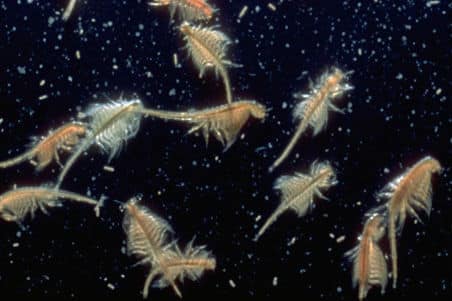
“Brine shrimp swimming”
Once your brine shrimps hatch in the water there are several things you could do:
– you can use a digital camera or smart phone to take photos; this is handy if you want to observe them to count their swimming appendages, segments or similar.
– you could use a digital microscope to look at the brine shrimp in action (especially if you can isolate some in a small tray or petri dish)
– you could see the behavioural responses of the brine shrimp to light & dark (variable testing!)
– try to estimate how many brine shrimp there are in your container.
– compare the anatomy of the brine shrimp with that of crustaceans found in your seafood shop.
– look for when the exoskeleton of the brine shrimp moults
You will have to explore with your students whether they want to see if the changing the salt concentrations effects the growth and hatching of the brine shrimp; some students may not feel comfortable with this.
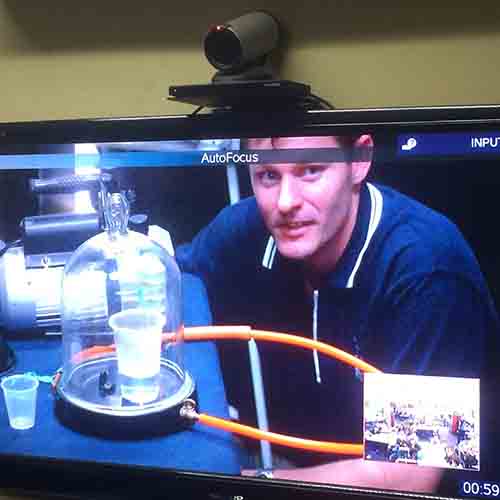
School science visits since 2004!
– Curriculum-linked & award-winning incursions.
– Over 40 primary & high school programs to choose from.
– Designed by experienced educators.
– Over 2 million students reached.
– Face to face incursions & online programs available.
– Early learning centre visits too!
Did You know ?
Brine shrimp are small crustaceans (Artemia spp.) that feed on blue-green algae. These shrimp have a pink colouration due the carotenoid pigments they ingest when eating algae. The Greater Flamingo (Phoenicopterus roseus) eats brine shrimp, which in turn gives these birds their classic pink colour!
Teaching about sustainability? From Plants for Life & Basic Ecology to Renewable energy, we’ve got your unit covered!
Get in touch with FizzicsEd to find out how we can work with your class.
Little Life
Years K to 6
Maximum 30 students
School workshop
60 or 90 minutes
Online Class Available
STEM Full Day Accelerator - Primary
Designed from real classroom experiences, this modular day helps you create consistently effective science learning that directly address the new curriculum with easily accessible and cost-effective materials.

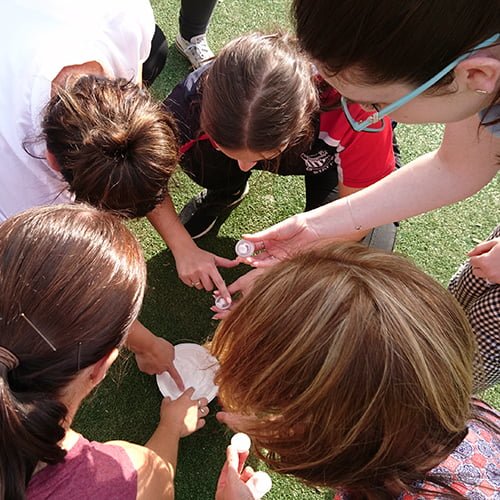
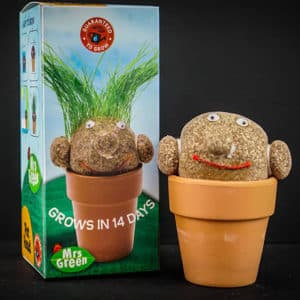
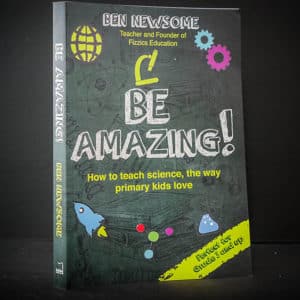
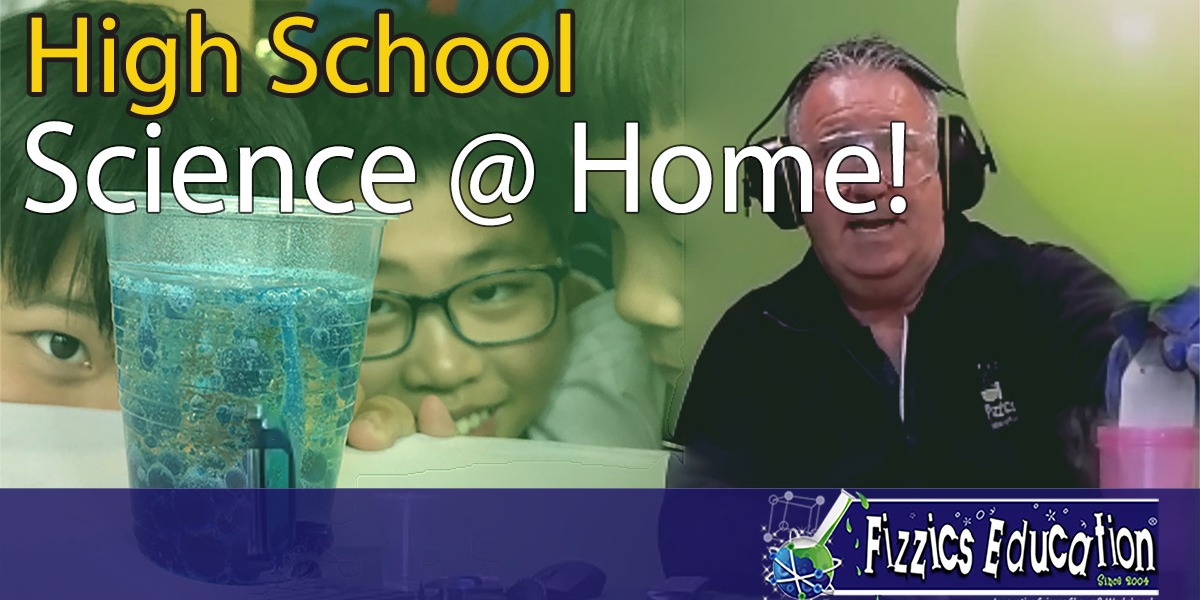
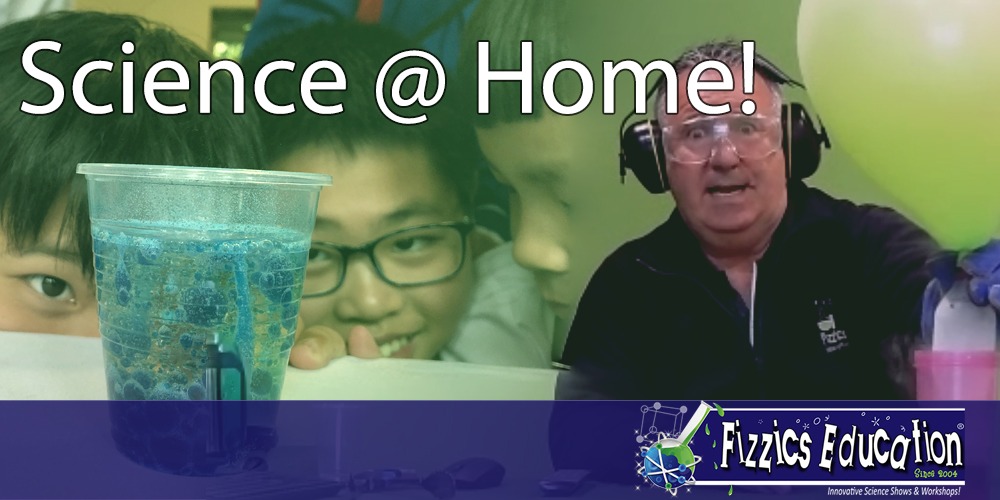
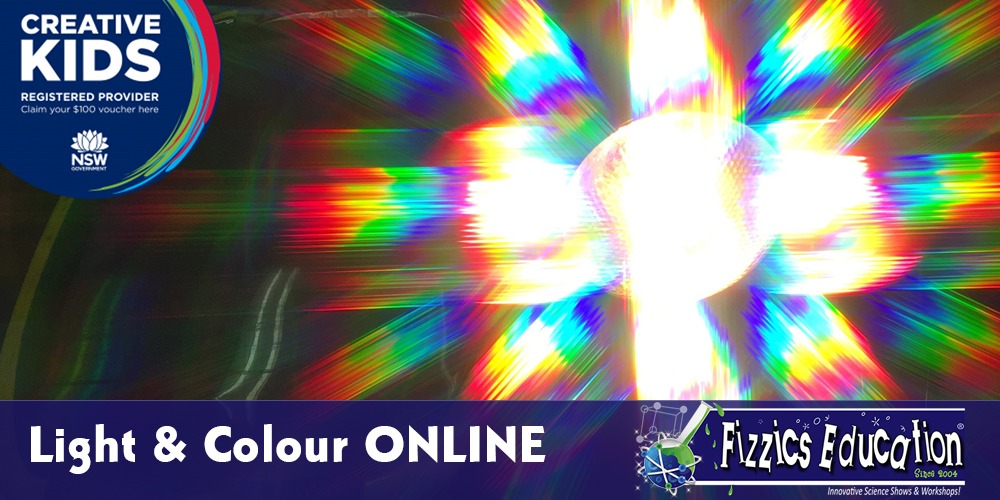
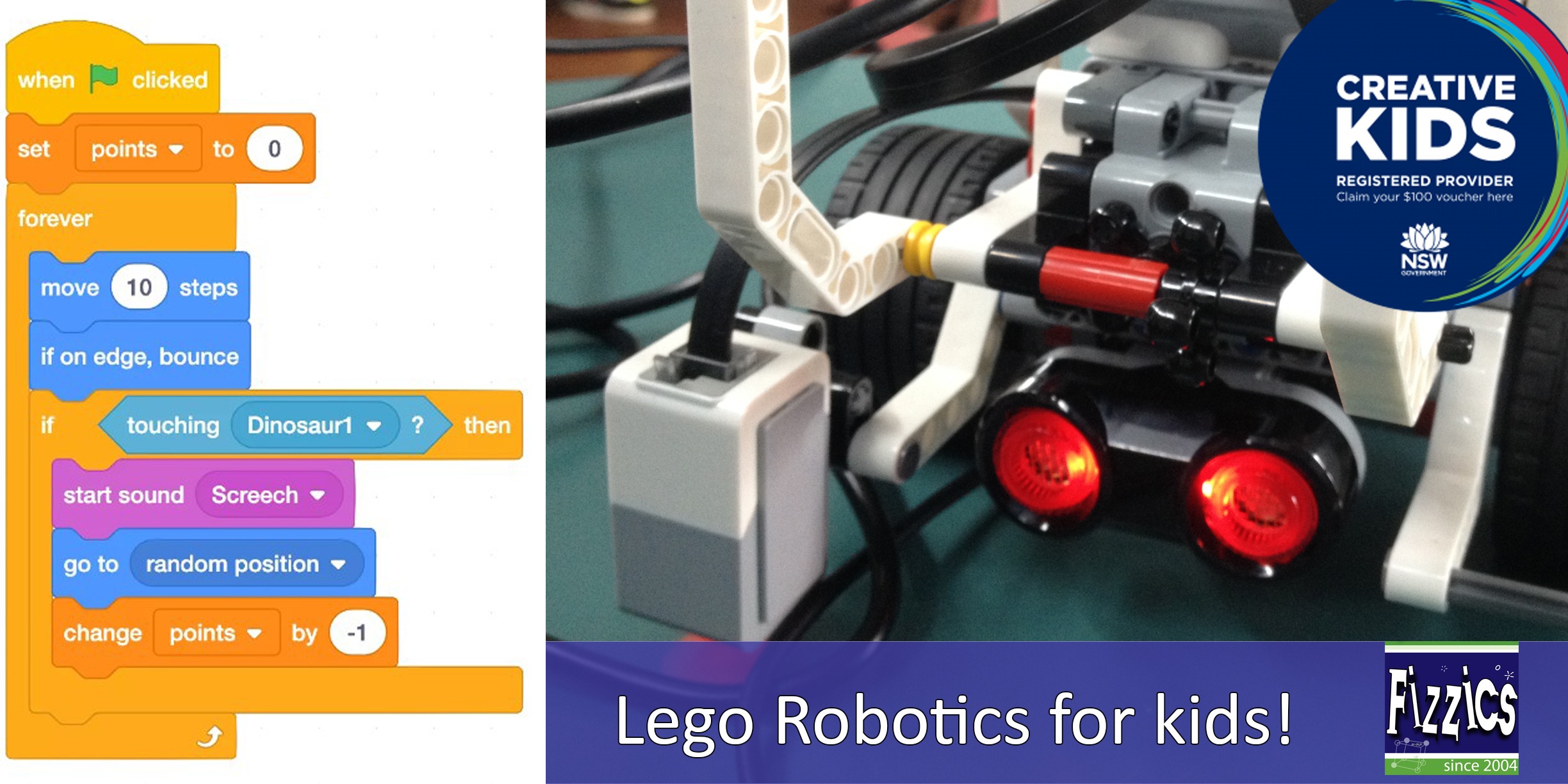
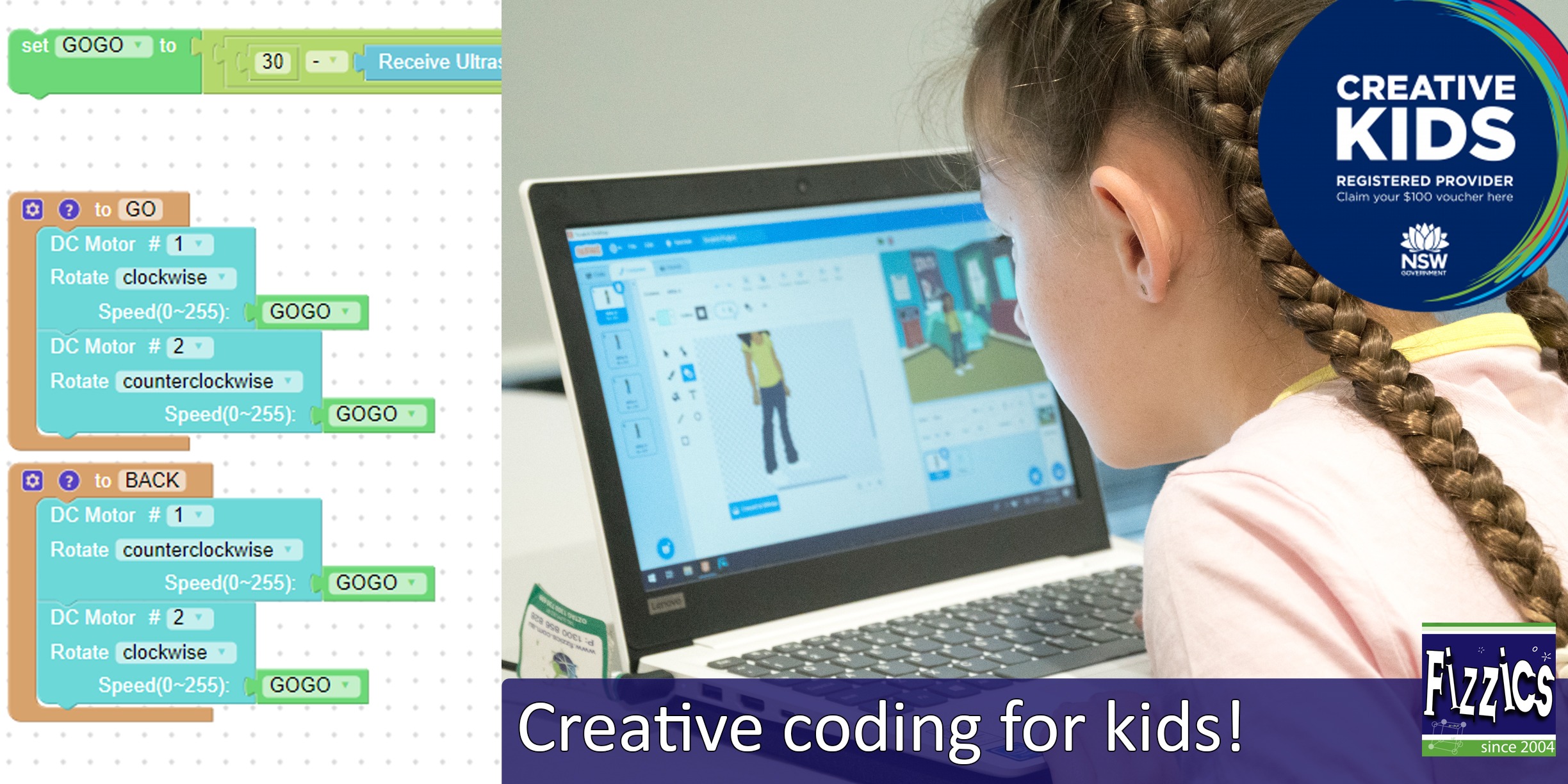
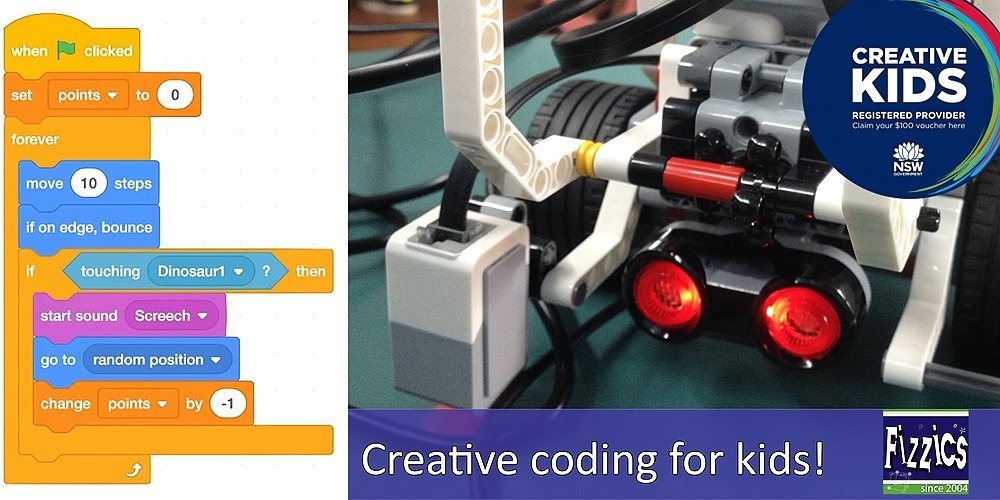
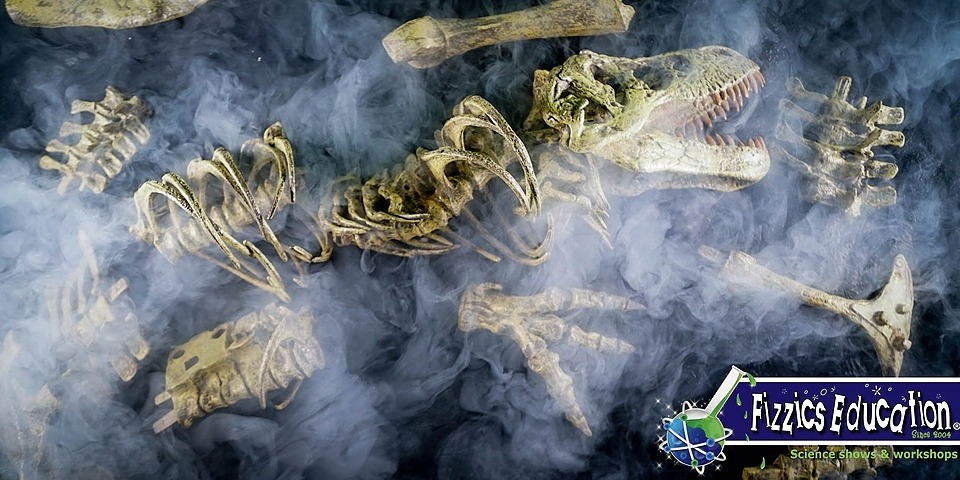
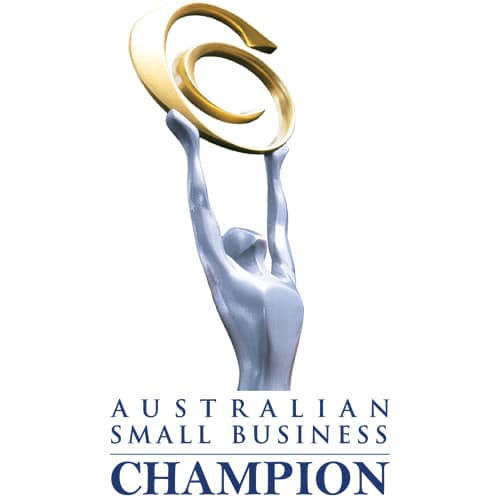



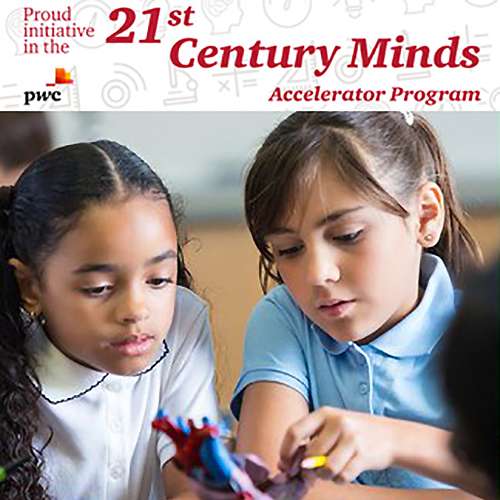







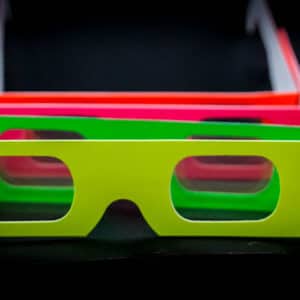
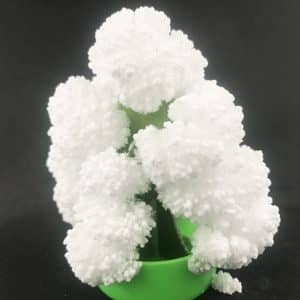
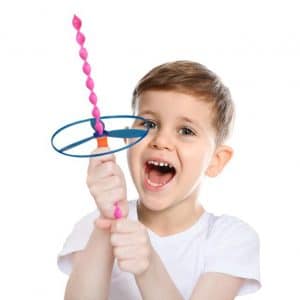

Comments